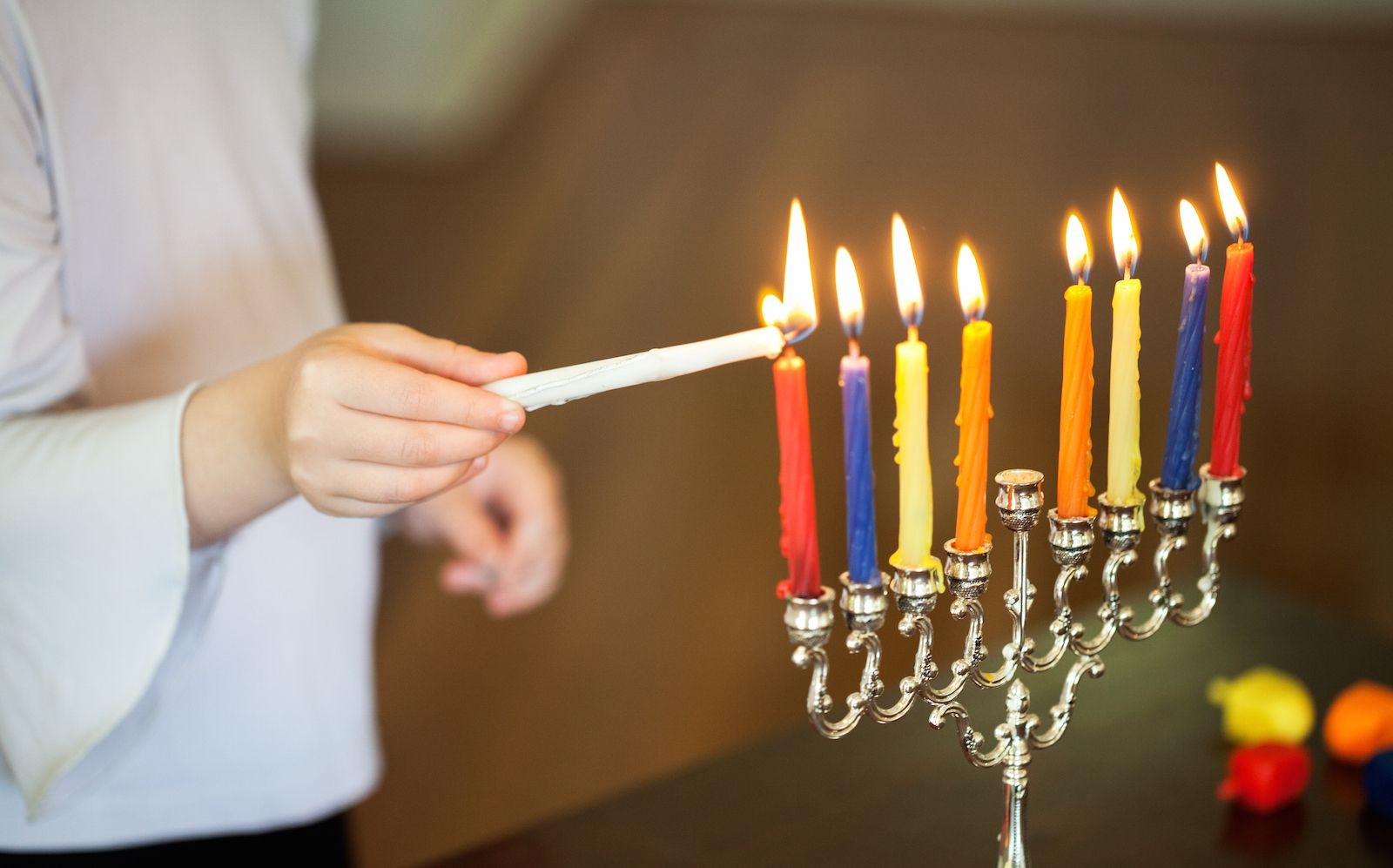

Articles
Which Way Do You Light The Hanukkah Candles
Modified: February 25, 2024
Discover the perfect way to light the Hanukkah candles with our informative articles. Learn the traditions and symbolism behind each candle, and create a memorable celebration.
(Many of the links in this article redirect to a specific reviewed product. Your purchase of these products through affiliate links helps to generate commission for Storables.com, at no extra cost. Learn more)
Introduction
Hanukkah, also known as the Festival of Lights, is a joyous Jewish holiday that commemorates the triumph of light over darkness. It is celebrated for eight nights and days, typically falling in late November to late December. One of the central rituals of Hanukkah is the lighting of the Hanukkah candles, which holds great significance in Jewish tradition.
The story behind Hanukkah dates back to the second century B.C when the Jewish people were living under the rule of the oppressive Seleucid Empire. The empire’s ruler, Antiochus IV, wanted to impose Hellenistic culture and force the Jews to abandon their beliefs and customs. However, a group of Jewish rebels known as the Maccabees rose up against the empire and eventually reclaimed the Holy Temple in Jerusalem.
According to legend, when the Maccabees entered the Temple, they found it desecrated and only a small vial of ritually pure oil remained, enough to light the menorah, a nine-branched candelabrum. Miraculously, this small amount of oil lasted for eight days, providing enough time for new oil to be made. This event is known as the miracle of the oil and is the inspiration behind the lighting of the Hanukkah candles.
The lighting of the Hanukkah candles carries deep symbolism and serves as a reminder of the miracles and triumphs that have occurred throughout Jewish history. Each night of Hanukkah, an additional candle is lit on the menorah, starting with the middle or shamash candle, which is used to light the other candles.
Traditionally, the Hanukkah candles are lit at sundown and are placed in the menorah from right to left but are lit from left to right. This symbolizes the act of adding light to the world and increasing in joy as the holiday progresses. The candles are typically made of olive oil or beeswax, though modern-day variations often use candles made of other materials.
Throughout the centuries, different Jewish communities have developed their own customs and traditions regarding the lighting of the Hanukkah candles. While the traditional and widely practiced method of lighting remains the same, there are also alternative ways to light the candles that have emerged over time.
Key Takeaways:
- The lighting of Hanukkah candles symbolizes the triumph of light over darkness, the preservation of Jewish identity, and the enduring spirit of hope and resilience throughout Jewish history.
- Hanukkah’s modern interpretations emphasize inclusivity, social justice, environmental responsibility, and artistic expression, showcasing the holiday’s adaptability and ability to unite people while preserving tradition.
Read more: How Do You Light The Candles For Hanukkah
Historical background of Hanukkah
Hanukkah, known as the Festival of Lights, celebrates a significant event in Jewish history that took place during the second century B.C. It commemorates the victory of a small group of Jewish rebels known as the Maccabees against the powerful Seleucid Empire and the rededication of the Holy Temple in Jerusalem.
During this period, the Jewish people were under the rule of the Seleucid king, Antiochus IV. He sought to Hellenize the Jewish population by imposing Greek culture, prohibiting Jewish religious practices, and defiling the Holy Temple. These oppressive measures led to a revolt led by the Maccabees, who fought for religious freedom and the restoration of Jewish traditions.
Under the leadership of Judah Maccabee, the Maccabees successfully defeated the Seleucid Empire and reclaimed Jerusalem. The Holy Temple, which had been desecrated by the foreign ruler, was cleansed and rededicated. According to Jewish tradition, the rededication involved the relighting of the menorah, a seven-branched candelabrum that symbolized divine presence.
According to legend, when the Maccabees entered the Temple, they found only a small vial of ritually pure oil, which was enough to keep the menorah lit for a single day. However, miraculously, the oil lasted for eight days, providing enough time to prepare new oil. This incredible event became known as the miracle of the oil and became the foundation for the observance of Hanukkah.
Hanukkah, meaning “dedication” in Hebrew, is a time of rededication and remembrance. It serves as a reminder of the Jewish people’s resilience, their unwavering faith, and the miracles that have occurred throughout their history. By kindling the Hanukkah candles, Jews around the world honor the bravery and dedication of the Maccabees and celebrate the triumph of light over darkness.
Over time, Hanukkah has evolved from a historical event into a cherished holiday filled with traditions, rituals, and symbolism. The lighting of the menorah, the recitation of special blessings, the playing of dreidel (a spinning top game), and the consumption of fried foods have all become integral parts of the Hanukkah celebration.
The historical background of Hanukkah reminds us of the importance of religious freedom, the power of perseverance, and the significance of honoring our traditions. It stands as a testament to the enduring spirit of the Jewish people and continues to inspire individuals of all faiths to seek freedom, justice, and the triumph of light over darkness.
Symbolism of lighting the Hanukkah candles
The act of lighting the Hanukkah candles holds deep symbolism and represents several significant aspects of the Hanukkah celebration. Each aspect serves as a meaningful reminder of the values and ideals that Hanukkah embodies.
1. The Miracle of the Oil: The lighting of the Hanukkah candles commemorates the miracle of the oil that occurred during the rededication of the Holy Temple. It symbolizes the divine intervention and the perseverance of the Jewish people in the face of adversity. The eight nights of Hanukkah represent the eight days that the oil miraculously burned, highlighting the concept of abundance, endurance, and divine intervention.
2. The Battle for Religious Freedom: Hanukkah also symbolizes the struggle for religious freedom and the preservation of Jewish identity. The Maccabees fought against religious persecution and oppression in order to preserve their faith and traditions. The act of kindling the Hanukkah candles serves as a reminder of the ongoing fight for religious freedom and the importance of maintaining one’s cultural and religious heritage.
3. The Increasing Light: As each night of Hanukkah passes, an additional candle is lit on the menorah, progressively increasing the amount of light. This symbolizes the spreading of positive energy, hope, and joy in the world. It serves as a reminder that even in the darkest times, there is always a glimmer of light and hope to guide us forward.
4. The Shamash Candle: The central candle, known as the shamash, is used to light the other candles on the menorah. It stands apart from the rest of the candles and holds its own unique significance. The shamash represents leadership, service, and the responsibility to spread light to others. It serves as a reminder of our duty to help illuminate the world around us and bring goodness and positivity to those in need.
5. Family and Unity: The act of lighting the Hanukkah candles is often done in the presence of family and loved ones. It serves as a time of togetherness, celebration, and unity. Gathering around the menorah, reciting blessings, singing songs, and sharing traditional Hanukkah foods foster a sense of connection and reinforce the importance of family and community bonds.
6. Public Visibility: In many Jewish communities, the menorah is lit in a prominent location, such as a window or doorway, allowing the candles to be seen from the outside. This public visibility of the Hanukkah candles symbolizes the importance of openly expressing one’s religious identity, pride, and the preservation of Jewish culture and customs.
Overall, the symbolism of lighting the Hanukkah candles encompasses themes of miracles, religious freedom, spreading light, leadership, unity, and the celebration of Jewish identity and heritage. It is a powerful and illuminating tradition that brings joy, meaning, and inspiration to the hearts of those who participate in the Hanukkah celebration.
Traditional way of lighting the Hanukkah candles
The traditional way of lighting the Hanukkah candles follows a specific ritual that has been practiced for centuries. This timeless tradition is deeply rooted in Jewish culture and is performed with reverence and joy.
1. The Menorah: The primary element of the Hanukkah candle lighting ceremony is the menorah. It is a nine-branched candelabrum, often made of metal, ceramic, or other materials. The eight branches represent the eight nights of Hanukkah, while the center branch, known as the shamash, is slightly elevated and used to light the other candles.
2. Placement and Position: The menorah is typically placed in a prominent location, such as a window sill or a table, where it can be easily seen by those inside and outside the home. It is positioned from right to left, but the candles are lit from left to right, starting with the newest candle each night.
3. Lighting Sequence: The candle lighting ceremony begins on the first night of Hanukkah. Before sunset, the shamash candle is lit using a separate match or flame. A blessing known as the “Shehecheyanu” is recited, thanking God for enabling us to reach this joyful moment. Then, using the shamash, the first candle is lit from left to right. Each subsequent night, an additional candle is added, and the previous candles are lit in order.
4. The Blessings: Once the candles are lit, the family gathers around the menorah, and the blessings specific to Hanukkah are recited. The blessings include two primary prayers: the “L’hadlik ner shel Hanukkah,” which acknowledges the commandment to light the Hanukkah candles, and the “Shehecheyanu” prayer, expressing gratitude for reaching this joyous occasion.
5. Communal Songs and Traditions: Following the candle lighting and blessings, traditional Hanukkah songs, such as “Ma’oz Tzur” (Rock of Ages) and “Hanukkah, Oh Hanukkah,” are sung to celebrate the holiday. Families often exchange gifts, play the dreidel game, and indulge in foods fried in oil like latkes (potato pancakes) and sufganiyot (jelly-filled doughnuts).
6. Duration: Once the candles are lit, they should burn for at least 30 minutes, with a designated individual responsible for ensuring their safe burning. The candles should not be used for any practical purposes, as they are sacred symbols of the Hanukkah miracle and should be cherished.
The traditional way of lighting the Hanukkah candles creates a beautiful and meaningful experience for families and communities. It enables individuals to connect with Jewish heritage, express gratitude, and embrace the joy and spirit of the holiday. This cherished ritual serves as a reminder of the past, a celebration of the present, and a beacon of hope for future generations.
When lighting the Hanukkah candles, start with the candle on the far right of the menorah and light it first. Each night, add a new candle to the left and light them from left to right.
Alternative ways of lighting the Hanukkah candles
While the traditional way of lighting the Hanukkah candles is widely practiced, there are alternative approaches that have emerged over time. These alternative methods offer unique interpretations and creative ways to engage in the Hanukkah candle lighting ceremony.
1. The Traveling Menorah: Some families embrace the concept of a “traveling” menorah, where each night of Hanukkah, the menorah is lit in a different room of the house. This allows family members to experience the candle lighting in various spaces, symbolizing the spreading of light and joy throughout their home.
2. The Themed Menorah: Families and individuals often personalize their menorahs to reflect their interests or hobbies. For example, there are menorahs shaped like musical instruments, sports equipment, animals, and more. This creative approach infuses the candle lighting ceremony with individuality and expresses personal passions and tastes.
3. The Nature-Inspired Menorah: In recent years, there has been a growing trend of creating menorahs using natural materials such as driftwood, stones, or branches. This eco-friendly and nature-inspired approach brings a sense of connection to the environment while honoring the principles of sustainability.
4. The Modern Artistic Menorah: For those with a flair for contemporary design, there are modern menorahs that incorporate sleek, minimalist aesthetics. These artistic menorahs often feature unconventional materials or unique structural designs, adding a touch of modernity to the traditional candle lighting ceremony.
5. The Global Menorah: In multicultural environments, some individuals choose to use a menorah that incorporates cultural elements from around the world. These unique menorahs may integrate symbols or designs from different countries, showcasing the diversity of Jewish traditions and honoring the global nature of Judaism.
6. The Interactive Menorah: With advancements in technology, interactive menorahs have gained popularity. These menorahs may have electronic components, such as music, lights, or sound effects, that engage participants and enhance the overall experience. Additionally, there are virtual menorahs available as smartphone apps or websites, enabling individuals to participate in the candle lighting ceremony digitally.
It’s important to note that while alternative ways of lighting the Hanukkah candles offer creative interpretations and personal expressions of the holiday, they still emphasize the essential aspects of the traditional ceremony. The central themes of the Hanukkah miracle, the symbol of light, and the significance of Jewish identity remain at the core of these alternative practices.
Ultimately, whether one chooses to follow the traditional method of lighting the Hanukkah candles or explores alternative approaches, the goal is to create a meaningful experience that strengthens connections to Jewish heritage, celebrates the uplifting spirit of Hanukkah, and brings joy and warmth to the celebration.
Read more: What Are The Hanukkah Candles Called
Modern interpretations and practices
The celebration of Hanukkah has evolved over the years, leading to various modern interpretations and practices that reflect contemporary lifestyles and values. These interpretations add new dimensions to the holiday while still honoring its fundamental traditions and themes.
1. Social Justice and Tikkun Olam: In recent times, there has been an increased emphasis on connecting Hanukkah with acts of social justice and repairing the world (Tikkun Olam). Some families use each night of Hanukkah as an opportunity to engage in charitable acts, such as volunteering, donating to causes, or advocating for justice and equality.
2. Inclusive Celebrations: Hanukkah is a holiday that brings families and communities together. In modern interpretations, efforts are made to create inclusive celebrations that welcome individuals from diverse backgrounds and faiths. Interfaith candle lighting ceremonies and community events foster understanding and promote unity.
3. Educational Focus: Hanukkah provides an ideal opportunity to educate people about Jewish history, traditions, and values. Many schools, organizations, and families incorporate educational activities into their Hanukkah celebrations. This may include storytelling, interactive workshops, or discussions about the significance of Hanukkah in the context of Jewish heritage.
4. Eco-Friendly Hanukkah: With environmental consciousness on the rise, there is a growing trend of embracing eco-friendly practices during Hanukkah. Families choose to use energy-efficient LED candles instead of traditional wax candles, reducing waste and environmental impact. Additionally, there is a focus on using sustainable materials in decorations and celebrating Hanukkah in an environmentally responsible manner.
5. Hanukkah Music and Art: Artists and musicians have found creative ways to convey the spirit of Hanukkah through their work. The holiday has inspired the creation of contemporary Hanukkah songs, artwork, and performances that showcase the beauty and vibrancy of the Festival of Lights. These artistic expressions breathe new life into the celebration and contribute to a modern cultural experience.
6. Food Innovations: While traditional foods like latkes and sufganiyot remain popular, modern interpretations of Hanukkah cuisine offer innovative twists. Chefs and home cooks experiment with new flavors, ingredients, and culinary techniques to create unique dishes that embrace both tradition and contemporary tastes. This culinary exploration adds a fresh dimension to Hanukkah celebrations.
Modern interpretations and practices of Hanukkah demonstrate the adaptable nature of the holiday, allowing it to evolve and thrive in a changing world. These approaches invite creativity, emphasize values of social responsibility and inclusivity, and engage individuals in meaningful ways. By embracing these modern interpretations, Hanukkah continues to inspire and unite people of all backgrounds, while preserving the rich heritage and traditions that have defined the holiday for centuries.
Conclusion
Hanukkah, the Festival of Lights, holds deep significance in Jewish tradition and has been celebrated for centuries. The lighting of the Hanukkah candles symbolizes the triumph of light over darkness, the preservation of Jewish identity, and the miracles that have shaped Jewish history.
From its historical background as a commemoration of the Maccabean victory to its modern interpretations and practices, Hanukkah continues to be a cherished holiday that brings families and communities together. The traditional way of lighting the Hanukkah candles follows a time-honored ritual, with the menorah serving as a symbol of hope, resilience, and divine intervention.
However, as times change, alternative ways of lighting the Hanukkah candles have emerged, allowing for personal expression and creativity while staying true to the core values of the holiday. These alternative practices range from themed menorahs to nature-inspired designs, reflecting the diverse interests and passions of individuals and families.
Modern interpretations and practices of Hanukkah also emphasize social justice, inclusivity, education, environmental responsibility, and artistic expression. As the world evolves, so does the celebration of Hanukkah, adapting to contemporary values while deepening the connection to Jewish heritage.
In conclusion, the lighting of the Hanukkah candles is a powerful and symbolic tradition that celebrates the triumph of light, preserves Jewish identity, and fosters a sense of togetherness and joy. Whether honoring the miraculous past or exploring new interpretations, the candle lighting ceremony serves as a reminder of the enduring spirit of the Jewish people and the universal themes of hope, perseverance, and unity.
As Hanukkah continues to be observed and celebrated by individuals and communities around the world, it serves as a beacon of light, inspiring all to embrace their traditions, spread kindness and justice, and illuminate the world with love and compassion.
Frequently Asked Questions about Which Way Do You Light The Hanukkah Candles
Was this page helpful?
At Storables.com, we guarantee accurate and reliable information. Our content, validated by Expert Board Contributors, is crafted following stringent Editorial Policies. We're committed to providing you with well-researched, expert-backed insights for all your informational needs.
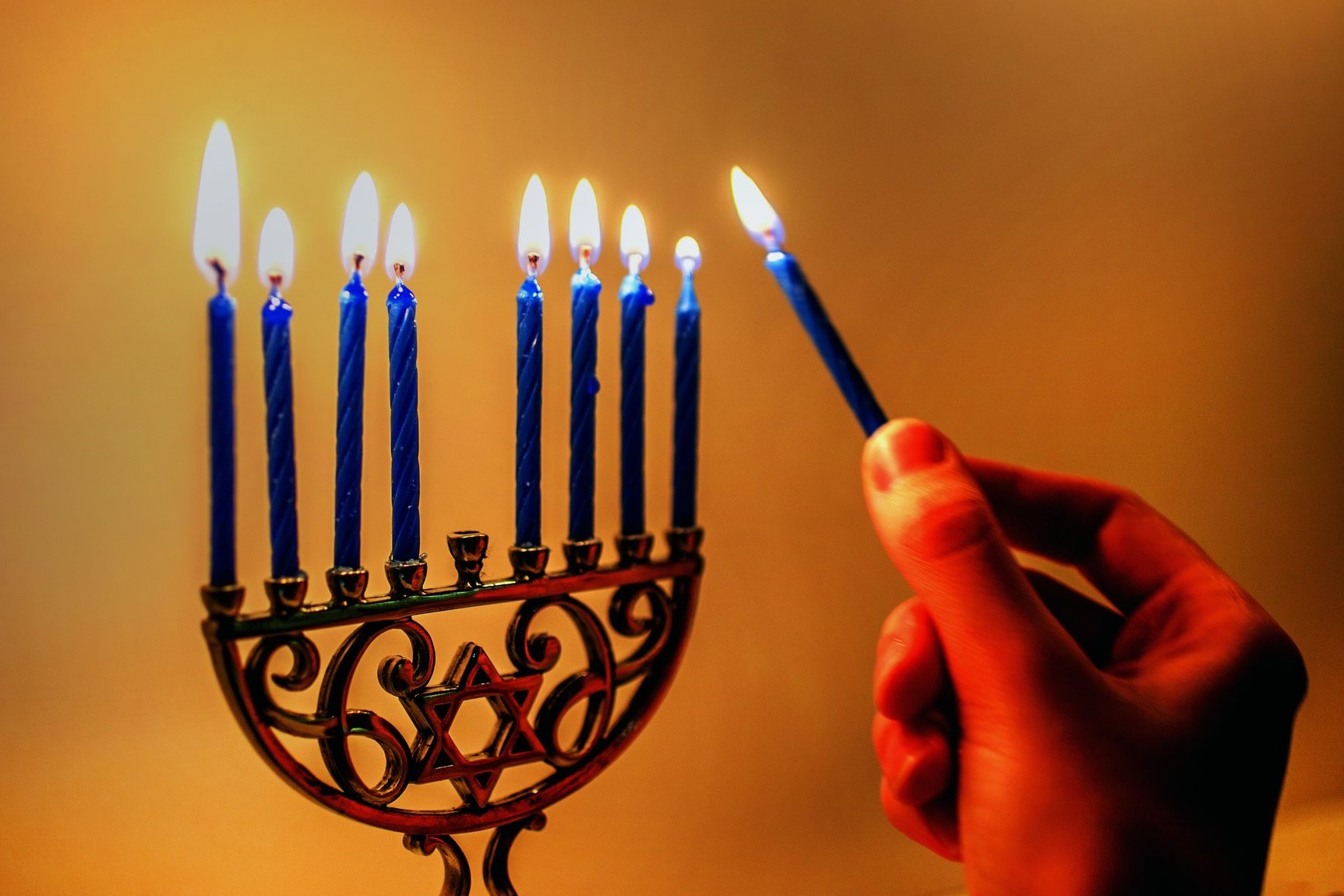
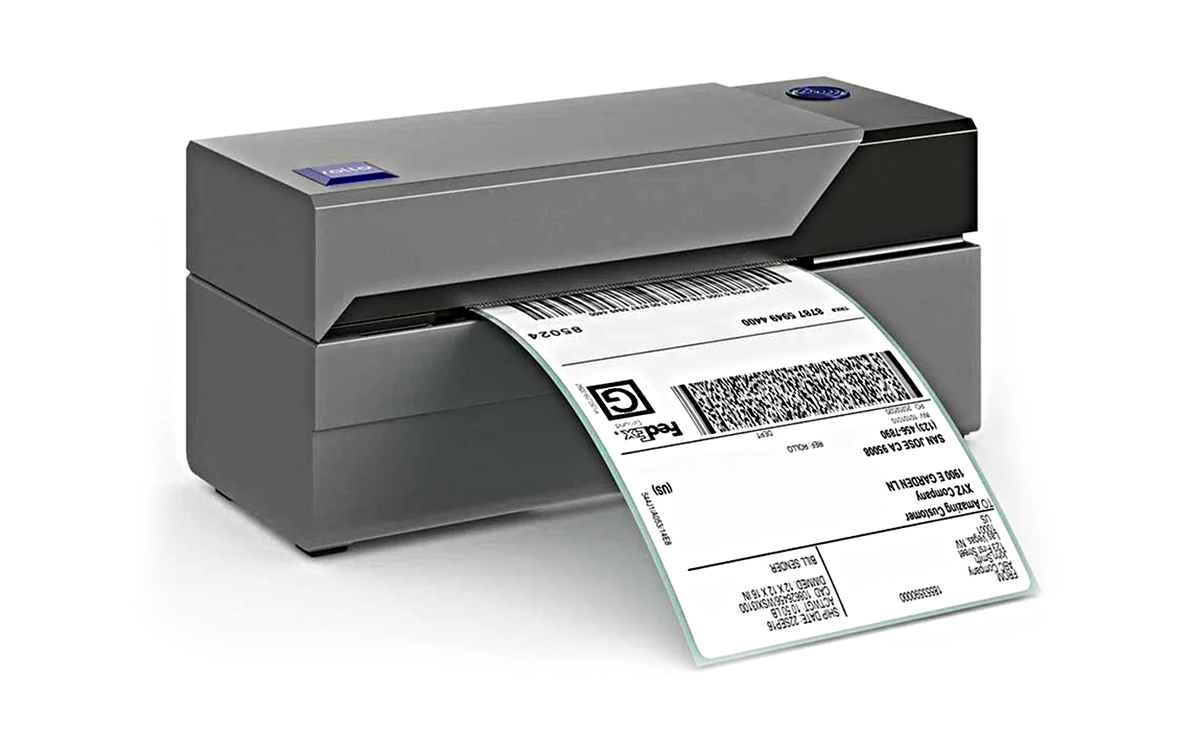
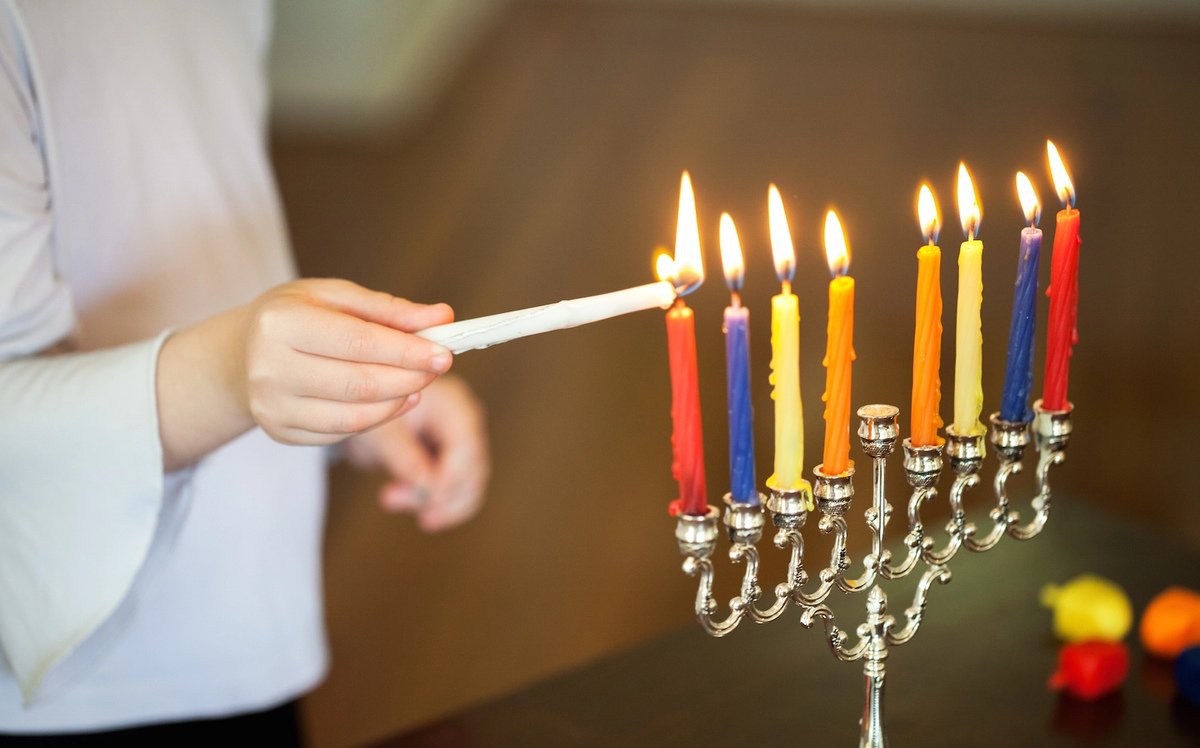
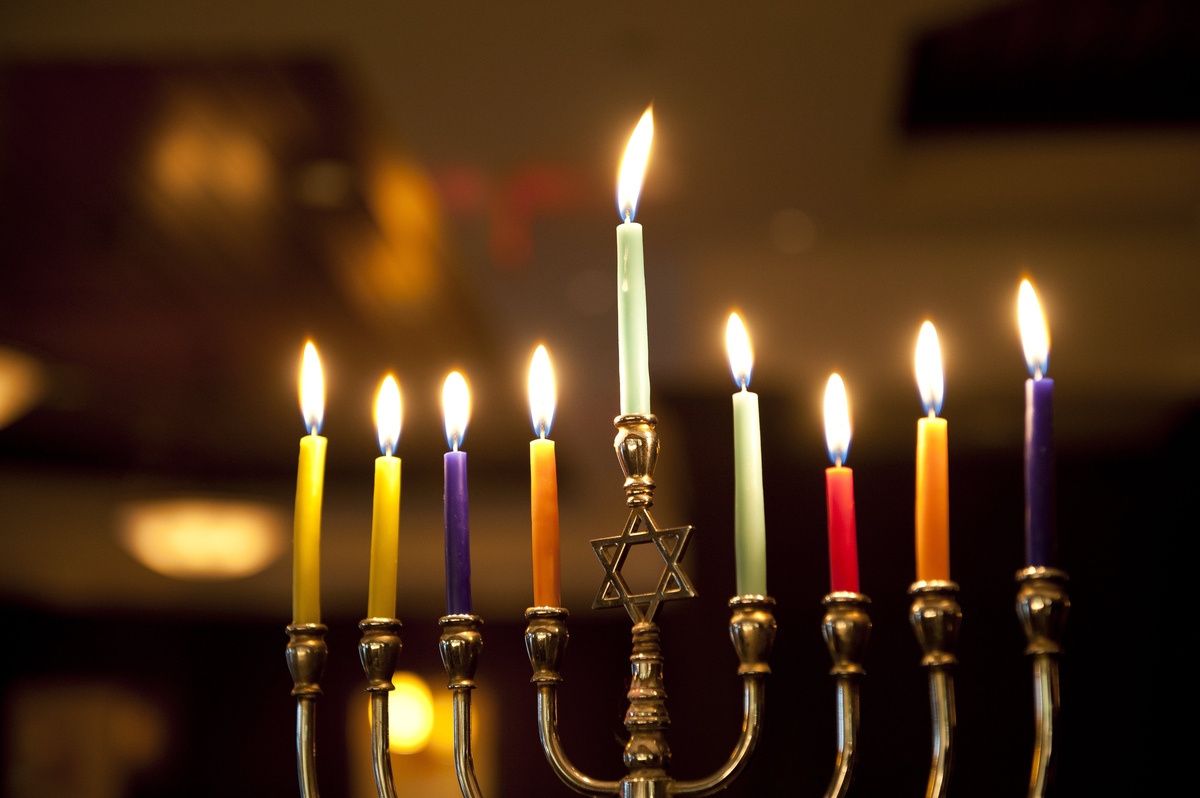
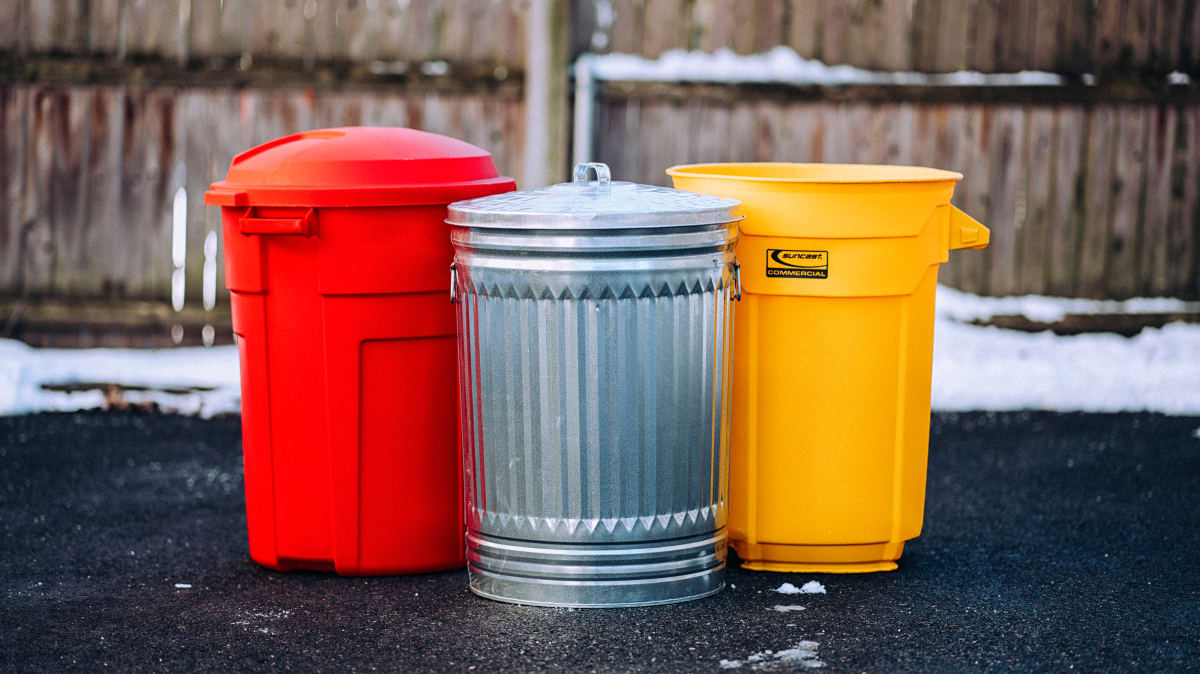
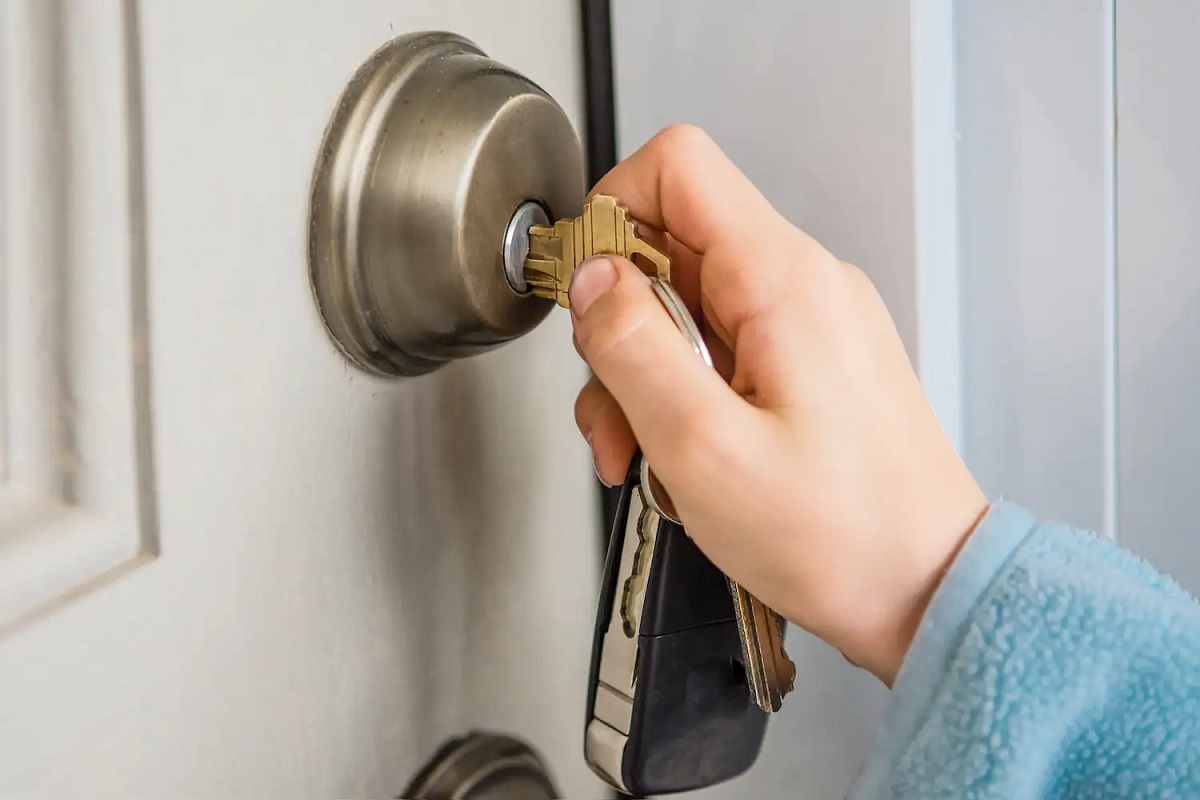
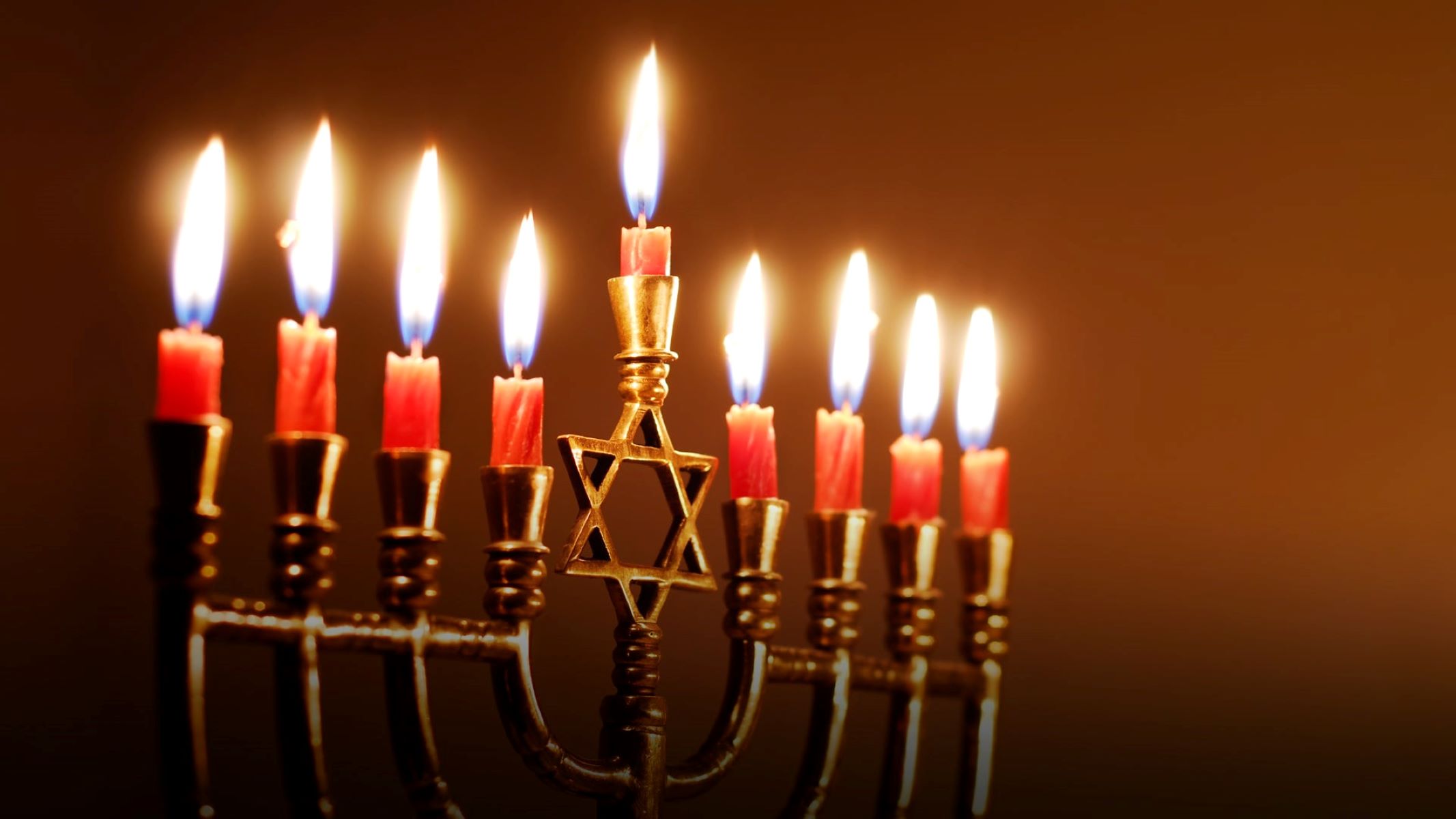
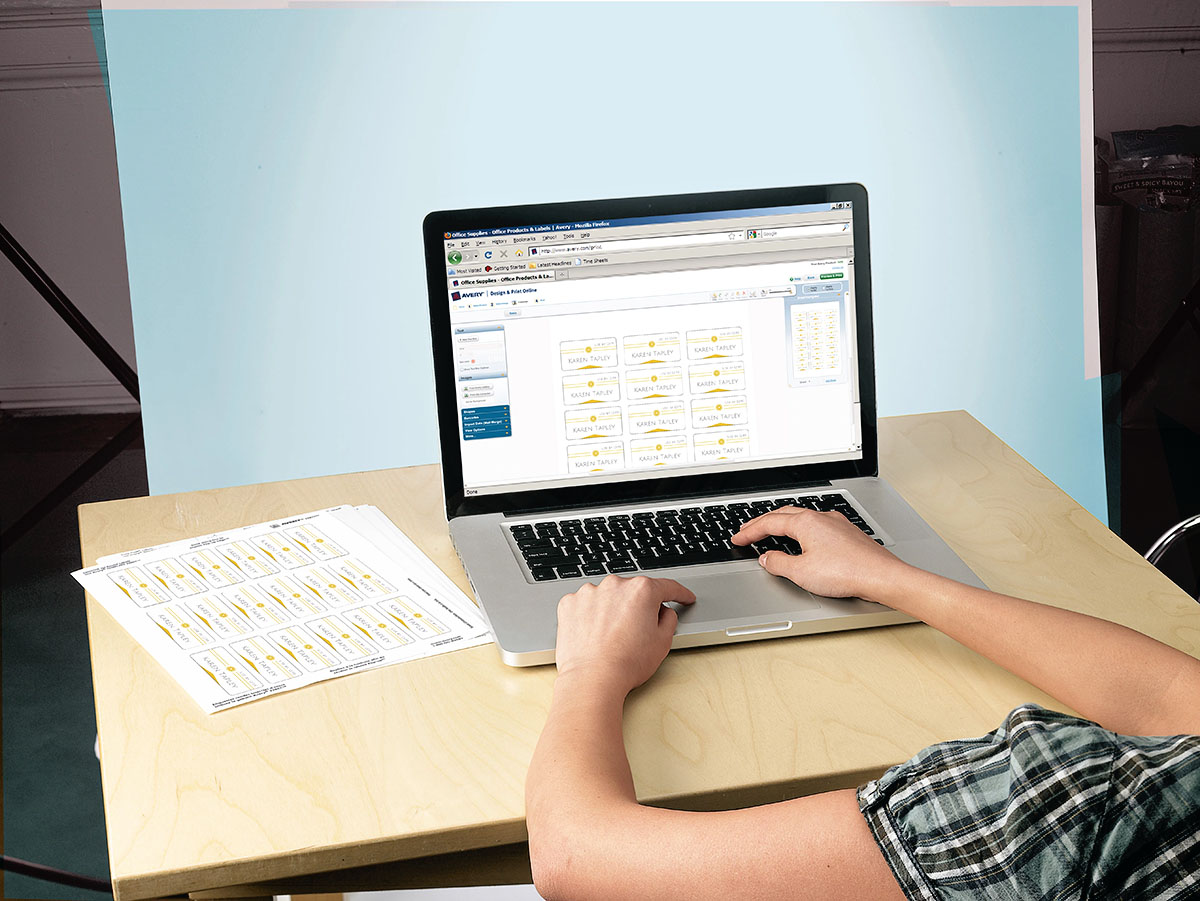
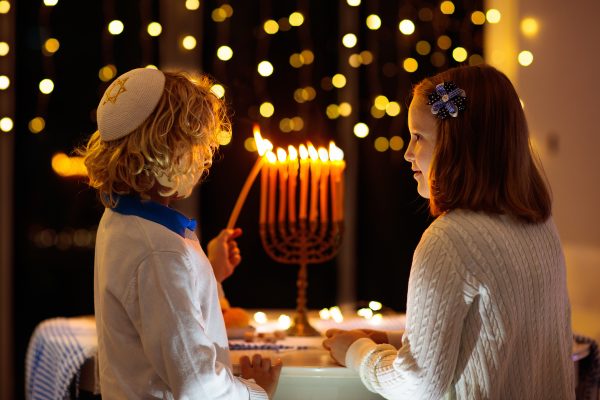
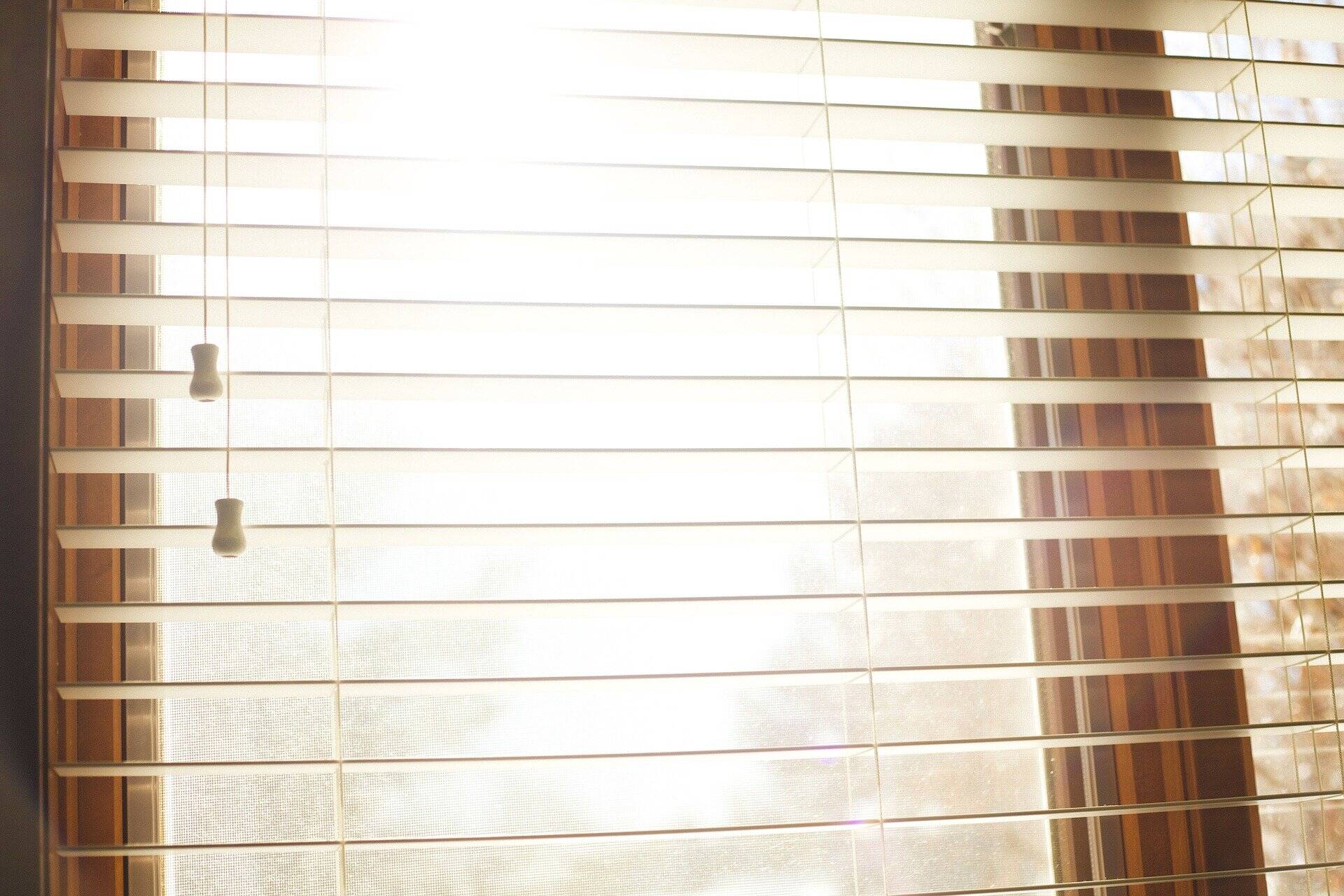
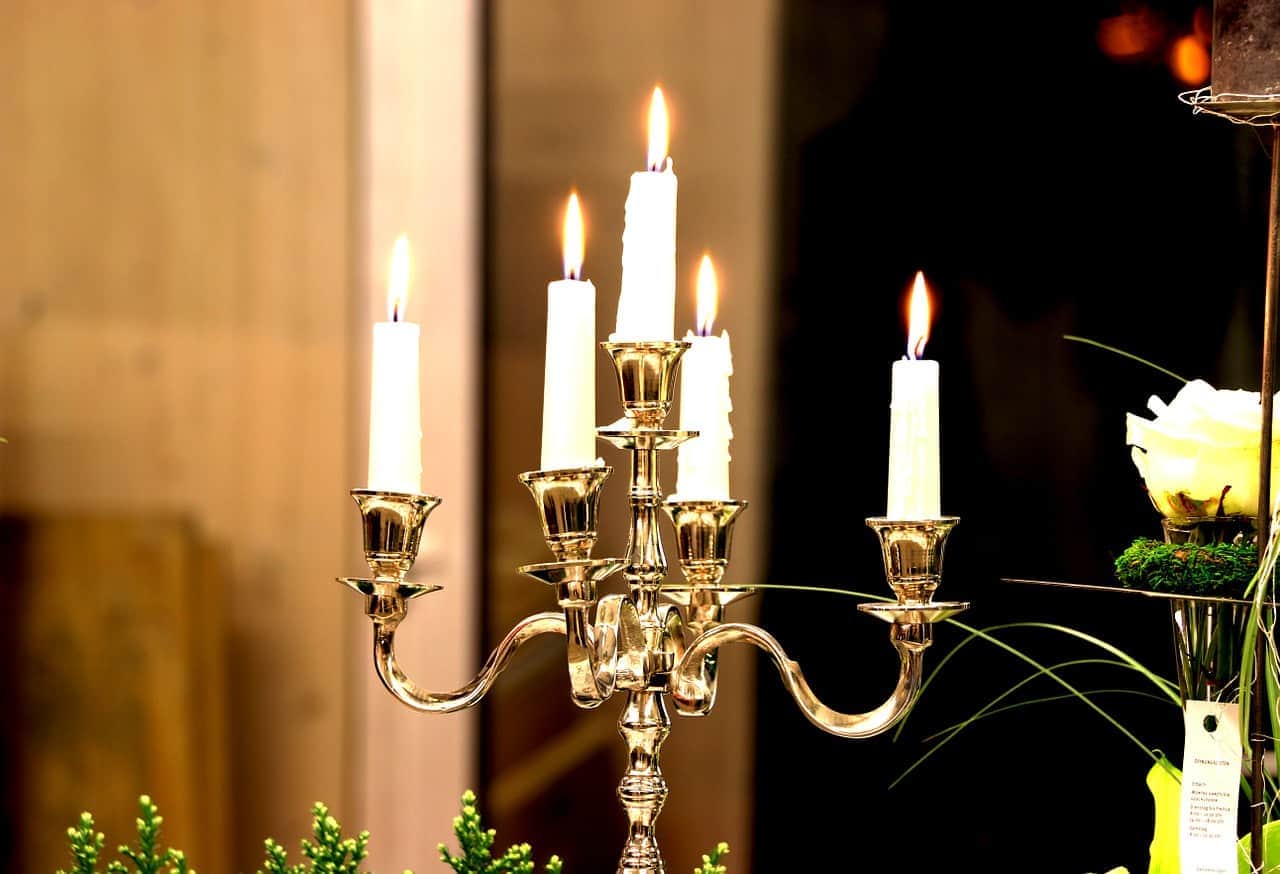
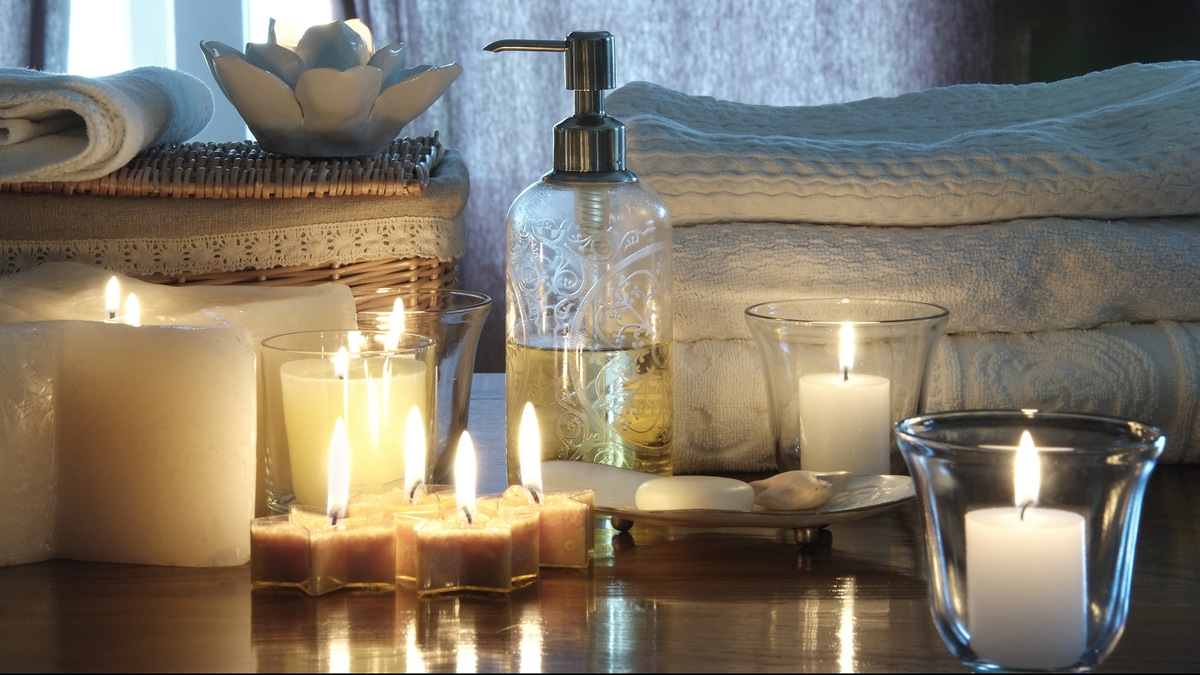
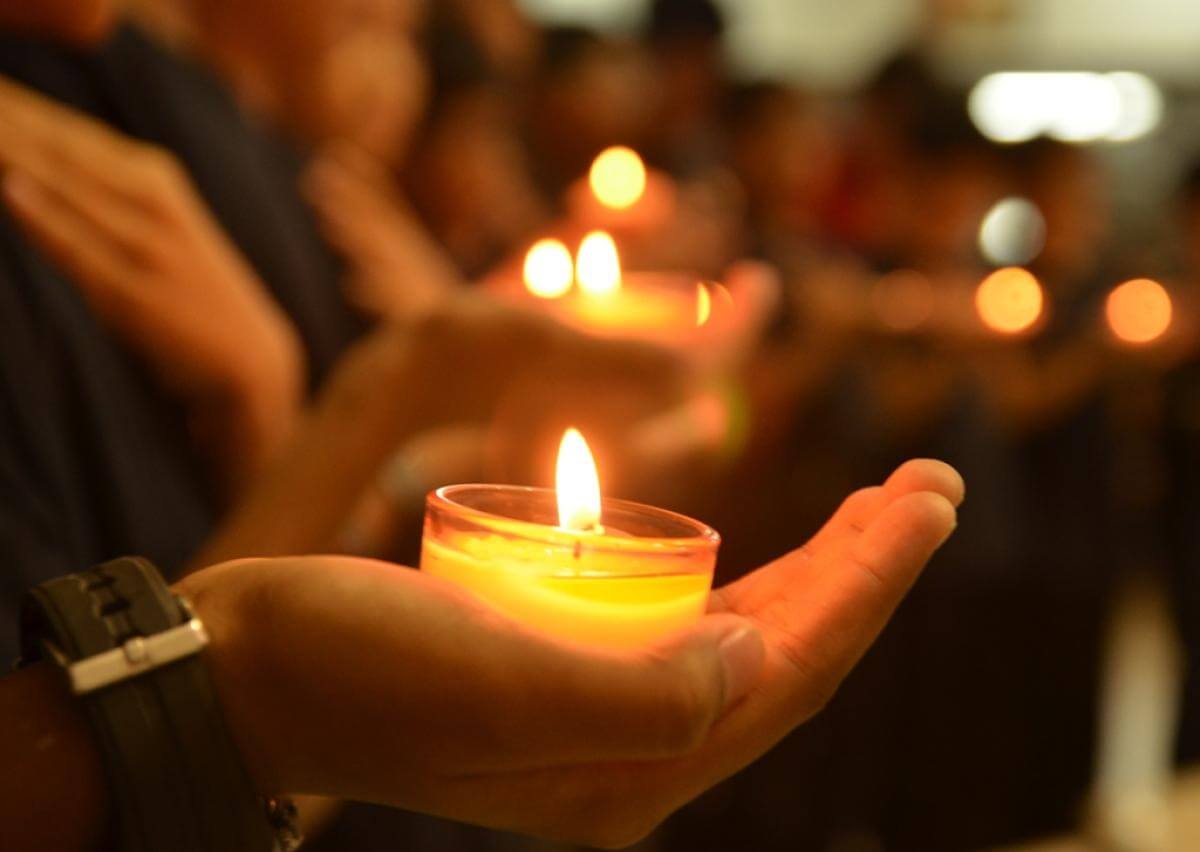
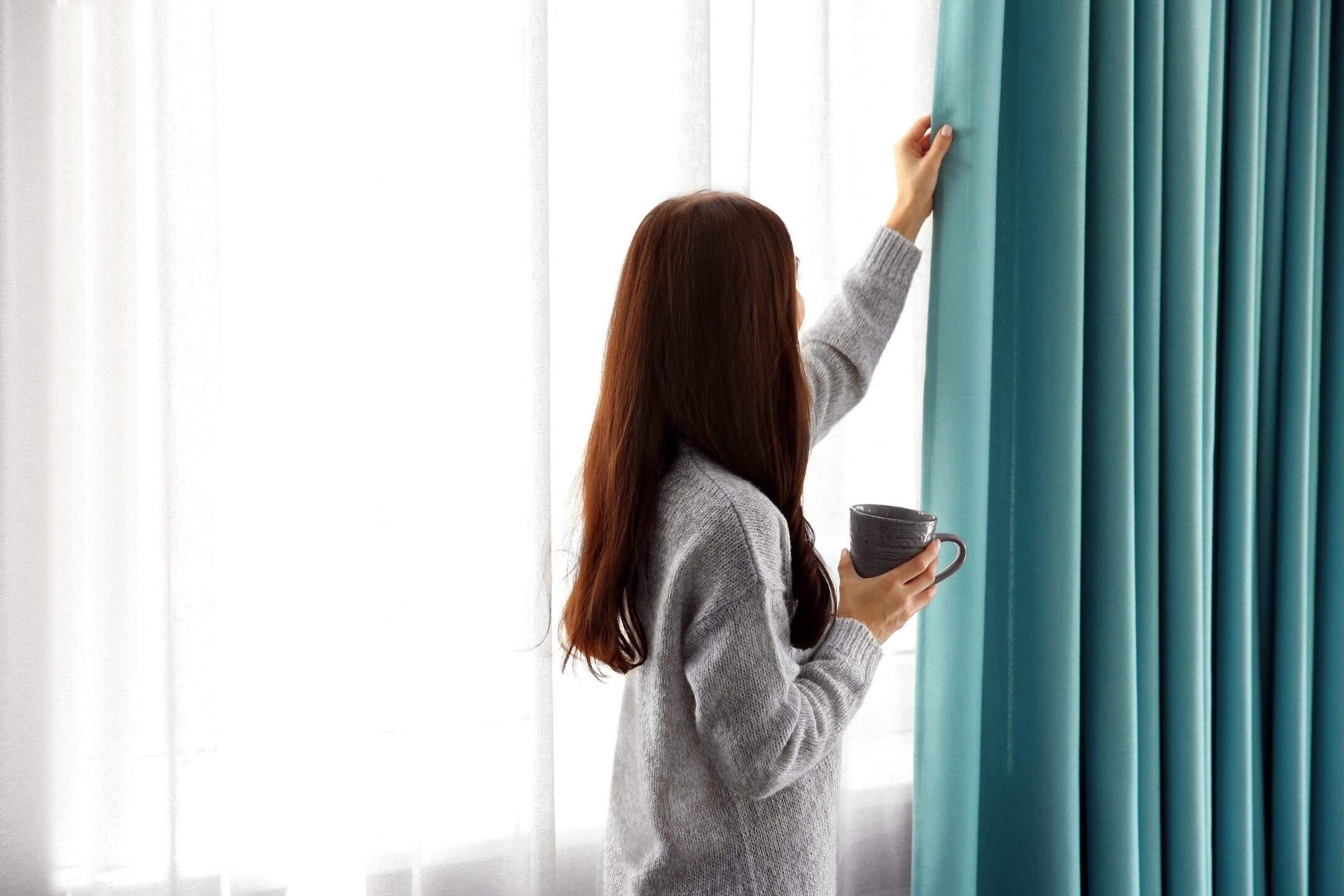

0 thoughts on “Which Way Do You Light The Hanukkah Candles”